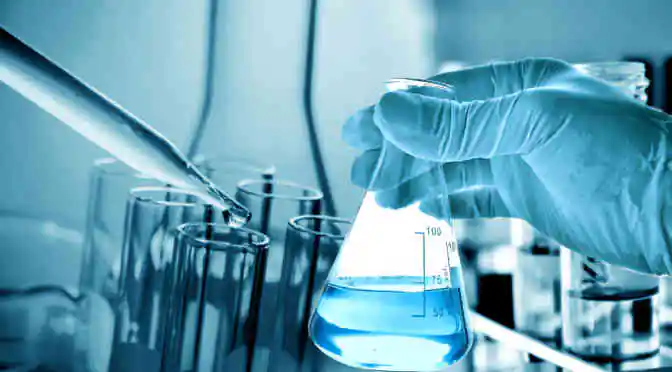Butyric acid or BTA is an oily, colorless substance that can be found in several dairy products such as cheese, butter, and milk. When converted to butanol through biological transformation, BTA is used as a strong biofuel as well as a solvent. Largely obtained from propylene, BTA is widely used today in the food, chemical, and pharmaceutical industries. The global market for butyric acid stood at $147 million in 2015. According to analysts at Technavio, due to BTA’s immense usability, the market is poised to grow at a CAGR of more than 12% by 2020.
BTA is one acid that is in high demand for both industrial and commercial applications. Thanks to its immense health benefits, BTA is used in animal feed. Good quality feed not only encourages growth and acid resistance in animals, it also reduces the chances of metabolic disorders and infections, ultimately increasing lifespan and lowering vet costs. This is why feed manufacturers always prefer healthy, safe, and economical feed – qualities that are present in BTA. As end-users become increasingly health conscious, the demand for butyric acid, especially in the meat market, has significantly increased.
Aside from animal feed, butyric acid is also in high demand in the chemical intermediate segment. BTA is used to manufacture solvents, specialty chemicals, polymers and disinfectants. BTA is an important solvent and has huge potential in the area of biofuel. The fermentation that is derived from butyric acid plays a vital role in fuel supplements and chemical feedstock. Butyl butyrate, which is butanol derived from fermentation of BTA, is an alternate aviation fuel. These examples demonstrate the broad scope of BTA in the chemical intermediate segment. As bio-based butyric acid becomes increasingly popular, the market for butyric acid will also continue to expand.
Other applications of butyric acid can be found in the food and flavoring industry. Most notably in APAC, Europe and North America, BTA is used as an innovative flavoring due to its immense health benefits, especially as competed with other substitutes. Firstly, BTA regulates electrolyte and water concentration in the intestine and maintains the integrity of the gastrointestinal mucosa which aids in better digestion. Secondly, it improves sensitivity to insulin and maintains good and bad cholesterol levels. Butyric acid is used as a flavoring agent in the food, beverage, and cosmetic industries. It is also used as a fishing bait additive because of its powerful odor.
Butyric acid’s usage doesn’t stop there. It has been discovered that BTA has anticancer properties and is therefore widely used in the treatment of cancer. It also protects hair follicles and prevents alopecia induced by radiotherapy and chemotherapy. When it comes to the fragrance industry, in spite of its pungent smell, the derivatives of BTA are used to produce a fruity aroma similar to that of apples, bananas, and pineapples.
Want to find out which companies are the key vendors in the butyric acid market?



